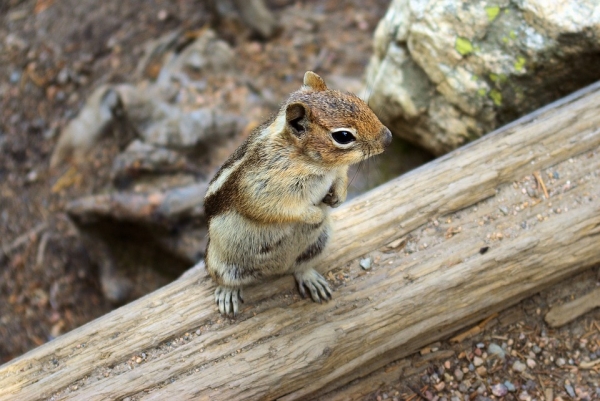As the climate changes, many species are expected to adjust where and how they live. Some are expected to seek cooler elevations as it warms, but what happens to species already at the top of a mountain? A study of squirrels living in California’s high-elevation Sierra Nevada indicates that climate is only one factor to consider when trying to predict where an animal will make its home in a changing world.
The study, led by the University of California, Davis, is published in the journal Ecology and Evolution and was conducted in alpine regions stretching nearly 200 miles from Alpine County just south of Lake Tahoe, along the spine of the Sierra and south to Tulare and Inyo counties.
The study characterizes the niche space of three species of squirrel: the yellow-bellied marmot, Belding’s ground squirrel and the golden-mantled ground squirrel. The authors analyzed nearly 6,000 observations of individual squirrels, collected from field survey data conducted over four years.
For this study, the “niche” describes all the conditions in the environment that are important for an animal to live in an area. Understanding the niche of animals helps scientists learn which changes are expected to most impact a species and, therefore, which animals may be most vulnerable to climate change.
Read more at University of California - Davis
Photo Credit: MikeGoad via Pixabay


